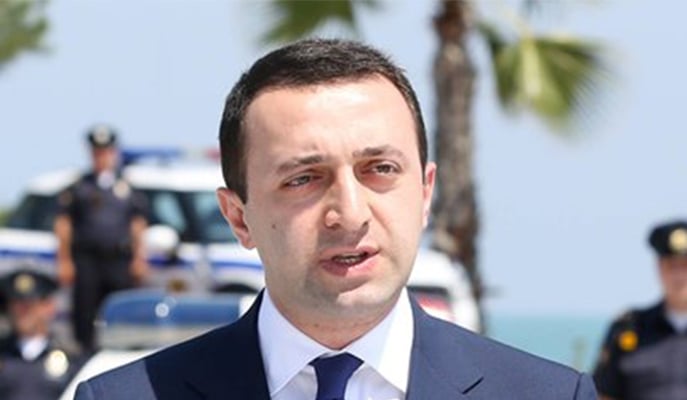On 11 December 2013, in the village of Zikilia, Akhaltsikhe Municipality, Irakli Gharibashvili officially opened a transmission line connecting Georgia to Turkey, as well as the new Akhaltsikhe substation. According to the Prime Minister’s statement: “The project will support sustainable development and the proper performance of the Georgian power grid as well as an improvement in supplying South Georgia with electricity. We can declare with pride that Georgia is the first country in the Caucasus to install an HVDC system.”
FactChecktook an interest in whether or not the Prime Minister’s statement is actually true.
On 11 December 2013, the Akhaltsikhe substation was opened within the framework of the Black Sea Energy Bridge project. The main goal of the project is the exchange of energy between Turkey, Azerbaijan and Georgia. The overall investment volume of the Black Sea Energy Bridge project is EUR 300 million. The project is funded by international investment institutions such as the European Bank for Reconstruction and Development (EBRD), European Investment Bank (EIB), Development Bank of Austria, Reconstruction Credit Institute of Germany (KfW) and the European Union Neighbourhood Investment Facility (NIF). According to the Ministry of Energy of Georgia, the project is also co-funded by the Georgian Government with a share of GEL 53 million. From the programming and technological sides, the project is supported by USAID. According to the USAID report,Azerbaijan and Georgia have an excessive generating capacity while Turkey has a rapidly growing demand for electricity which can be met by the exchange of the electricity.
A total of EUR 158.8 million was spent on the construction of the Akhaltsikhe substation and the instalment of the HVDC system. The project was initiated in 2010 and finalised in April 2013. Testing of the HVDC lasted until November 2013. The construction of the Akhaltsikhe substation was conducted by SIEMENS-Austria. The research findings of the abovementioned company confirmed that the substation contains the HVDC. Such power systems provide the transmission of electricity over long distances. Additionally, they are used to connect the systems possessing different characteristics.
According to the information published by the Ministry of Energy, in the case of Georgia, with the help the HVDC, the 500 kV alternating current is converted into a constant and then, again, into an alternating current of 400 kV, and then transmitted to Turkey. The reportof SIEMENS-Austria mentions that Georgia is the only country throughout the Caucasus to have the HVDC transmission system (p. 12).
According to the USAID report (pp. 16-17), in addition to the Akhaltsikhe substation, within the project framework, the construction of a Batumi substation is planned to be finalised in 2015 connecting the Batumi and Muratli (Turkey) substations. As declared by the Ministry of Energy, the project should support the development of Georgia’s energy infrastructure and the sustainable performance of the power grid.
ConclusionThe reports published by USAID and the other international investment organisations admit that the Black Sea Energy Bridge project should provide an exchange of electricity between Georgia, Turkey and Azerbaijan. The project envisages the construction of one more power plant in Batumi that will support the development of the country’s energy infrastructure and the proper performance of the power grid. In addition, Georgia is the first country throughout the Caucasus to have installed the HVDC systems.
Therefore, Irakli Gharibashvili’s statement: “The project will support sustainable development and the proper performance of the Georgian power grid as well as an improvement in supplying South Georgia with electricity. We can declare with pride that Georgia is the first country in the Caucasus to install an HVDC system,” is TRUE.





 “Georgia is the first county in the Caucasus to install an HVDC system [high-voltage direct current].”
“Georgia is the first county in the Caucasus to install an HVDC system [high-voltage direct current].”


